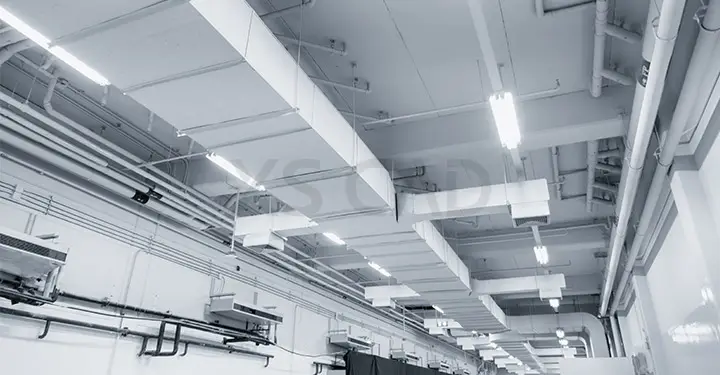Our Articles

Value Engineering for US Mechanical & Utility Contractors
Remember when strangers used to be nice for no reason? The grocery guy threw in an extra apple for free and with a smile or the baker handed you a sweet bun as he wrapped up the bread. It happened a long time ago, perhaps, yet they added value to the experience. Similarly, but not quite exactly, value engineering adds value to engineering services that are delivered to contractors, by means of design calculations, layout comparisons, installation guidelines and suggestions for special vendors. In other words, value engineering provides actual, relevant benefits to contractors in terms of mechanical CAD drafting services, plumbing design services and MEP coordination drawings.
Value engineering is a process that improves the value of services by examining function, where value can be defined as the ratio of function to cost. Value can be improved by improving function or reducing cost.
Typically, the architect and engineering consultants work on value engineering during a project’s design phase, which they can then hand over to the mechanical and utility contractors in the United States.
The value engineering process for these consultants may be as follows:
Let’s take a building’s air conditioning, which can be expensive to install and to operate.
Suggestions from the value engineering process can result in reduced heat gain, which has a domino effect on the purchase of other, smaller components, such as a small chiller, small fans and narrow ducts, reducing installation and operational costs, adding further value.
This is a specialised field, where value engineering professionals can act as consultants to the design team. They can use software packages, such as Autocase, to digitise value engineering by helping analyse various functions in detail, such as productivity, absenteeism, water efficiency, health and environmental impacts.
Once the value engineering inputs have been added to the design drawings, they can be provided to the mechanical and utility contractors. Now, the contractors may add their own value engineering contributions during construction, since they are in a position to evaluate the project first-hand. Large projects may even come with incentives for contractors to suggest value engineering options.
However, the value engineering process is most effective when it begins during the design phase, so that the right quantity of the right materials and components are ordered before construction commences. Mechanical and utilities contractors will appreciate the choice of standard quality material that will save expense, replacements and modifications in the long run and during the construction process. Design issues can cause unnecessary
challenges for contractors, such as:
Value engineering during the design phase minimises, if not eliminates, these occurrences, increasing project value.
Value engineering during the cost estimating phase gives trade contractors early information about project specifications, helping them advise owners on high-cost decisions. True value engineering can sometimes even involve increased spending initially to cut costs in the long run.
One of the more relevant results of value engineering is the trust it nurtures. Using expertise, experience and knowledge to add value to a project can reap rich dividends for an ongoing relationship, such as repeat business, a respected reputation and less payment disputes. Nowadays, US firms seeking reliable design partners for value engineering services are increasingly looking at offshore options. Overseas partners are being entrusted with MEP CAD drafting services to add value engineering, especially using MEP BIM.
XS CAD has valuable experience providing value engineering services and mechanical CAD drafting services for building services design consultants, mechanical contractors, utility contractors and general contractors. Our range of services for global consultants and contractors include plumbing design services, MEP CAD drafting services, MEP coordination drawings and modelling services. We create these models and drawings using Revit, AutoCAD, MEP BIM processes and BIM Collaborate Pro for cloud collaboration.

